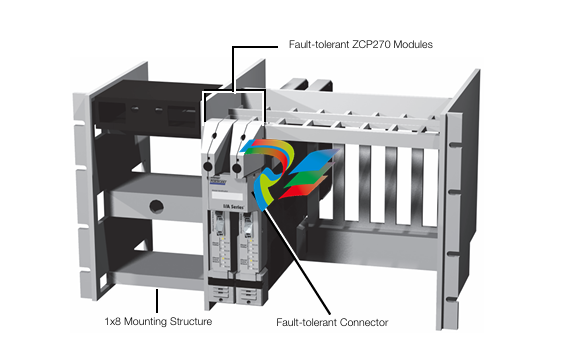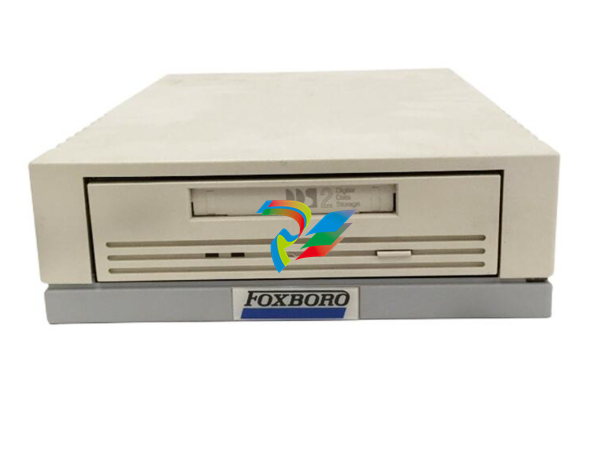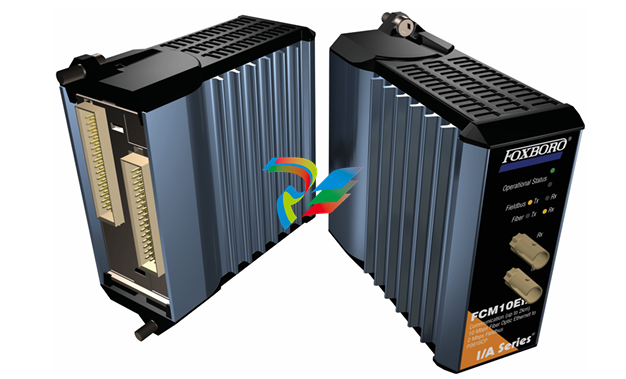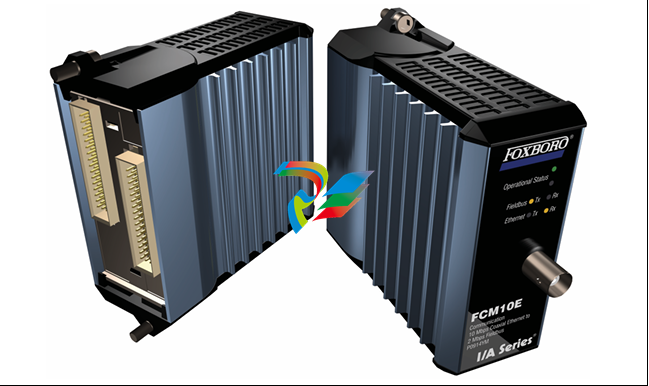
DOE Confirms Fusion Energy Milestone at California Lab
The first nuclear fusion reaction to result in a net energy gain has been successfully completed by scientists at a laboratory in California, a milestone in the decades-long pursuit of a way to produce unlimited energy with no carbon emissions or nuclear waste.
U.S. Energy Secretary Jennifer Granholm made the official announcement Dec. 13 during a news conference at the Dept. of Energy (DOE) in Washington, D.C. Granholm confirmed the news that was first reported Sunday, when news outlets including POWER cited sources that said researchers at the National Ignition Facility (NIF) at the Lawrence Livermore National Laboratory on Dec. 5 had produced a fusion reaction that created more energy than it consumed.
Granholm on Tuesday said the fusion experiment at the NIF replicated “certain conditions that are only found in the stars and sun.” Officials said the results of the Dec. 5 reaction needed to be analyzed and peer reviewed before an official announcement of the breakthrough, which is why it was not immediately publicized.

Said Granholm: “Ignition allows us to replicate for the first time certain conditions that are only found in the stars and sun. This milestone moves us one significant step closer to the possibility of zero carbon abundant fusion energy powering our society. This is what it looks like for America to lead, and we’re just getting started. If we can advance fusion energy, we could use it to produce clean electricity, transportation fuels, power, heavy industry and so much more.”
Nuclear power experts applauded Tuesday’s announcement, while acknowledging that progress in showing conceptual viability for fusion is just another stop on what most if not all think is a long scientific, technical, and financial road to commercializing this long-elusive technology.
“Today’s announcement from U.S. Department of Energy Secretary Jennifer Granholm marks a new milestone, decades in the making, in the tradition of American-led energy innovations,” said Josh Freed, senior vice president for the Climate and Energy Program. “The fusion breakthrough shows the vitality and dynamism in the U.S. clean energy ecosystem. Policymakers should lean into investments in innovation to supercharge technological breakthroughs across a suite of technologies that will be critical to reaching net zero. Each advance that we make in these areas of research creates strategic benefits that will boost U.S. competitiveness globally and spur economic growth domestically.
Freed continued: “American national laboratories have always reached for the stars, and today’s announcement exemplifies that is not just theoretical, but achievable. That’s worth celebrating.”
Engineering Marvel
“This is very important because from an energy perspective, it can’t be an energy source if you’re not getting out more energy than you’re putting in,” Julio Friedmann, chief scientist at Carbon Direct and a former chief energy technologist at Lawrence Livermore, told CNN. “Prior breakthroughs have been important but it’s not the same thing as generating energy that could one day be used on a larger scale.”
White House Office of Science and Technology Director Dr. Arati Prabhakar said during Tuesday’s news conference: “This is an amazing example of America’s enterprise … I want to congratulate the entire Dept. of Energy under Secretary Granholm’s leadership.” Prabhakar called the fusion net energy reaction “an engineering marvel.”
Said Prabhakar: “It’s a century since we figured out it was fusion that was going on in our sun and all the other stars. And in that century, it took so many different kinds of advances that ultimately came together to the point that we could replicate that fusion activity in a laboratory.”
Jill Hruby, under secretary for Nuclear Security for the DOE, and National Nuclear Security Administration administrator, said that “going forward,” the work on fusion will have further “breakthroughs” and “setbacks.” Hruby said her agency’s work is focused on “promoting national security” while “pushing towards … a clean energy future.” She called Tuesday’s announcement “unprecedented” for the scientific community.
The Process of Fusion
The process of fusion works when nuclei of two atoms are subjected to extreme heat of more than 100 million degrees Celsius—that’s 180 million degrees Fahrenheit. This causes the atoms to fuse into a new larger atom, which gives off massive amounts of energy. It’s the same process that powers the sun and the stars.
The process, though, also consumes enormous amounts of energy. A goal of fusion scientists has been to make the process self-sustaining, and most importantly to get more energy out of the process than it uses—hence, to produce net energy. It’s also a goal for the process to work continuously, instead of just for brief moments.
Reaching those goals could lead to commercialization of fusion, which industry experts have said could happen within the next decade, though they acknowledge it could take longer. What has many researchers excited is the potential to create essentially an unlimited supply of carbon-free energy, which could help fight climate change—and do it without the nuclear waste produced by today’s fission reactors.













































.jpg)
.jpg)
.jpg)





.jpg)



.png)
.jpg)

.jpg)
_lVjBYb.jpg)

.jpg)
.jpg)



.jpg)
.jpg)







.jpg)

.jpg)
.jpg)











.jpg)




.jpg)
.jpg)
.jpg)
.jpg)
.jpg)
.jpg)

.jpg)

.jpg)
.jpg)
.jpg)






.jpg)


.jpg)






